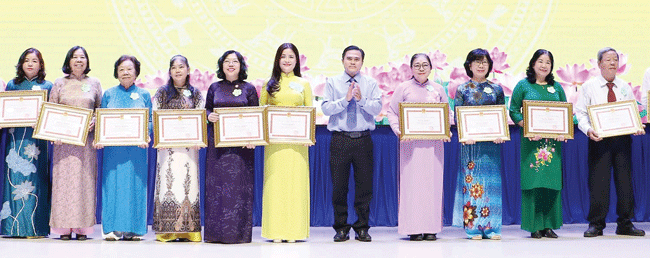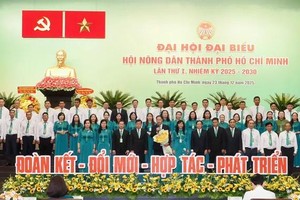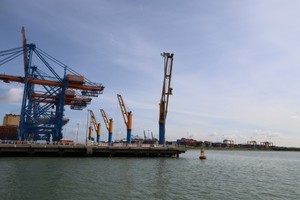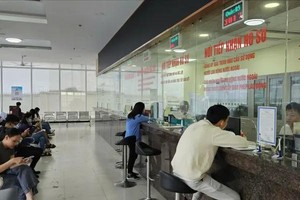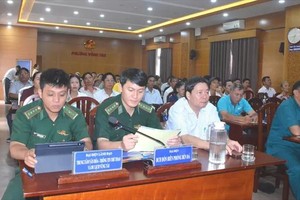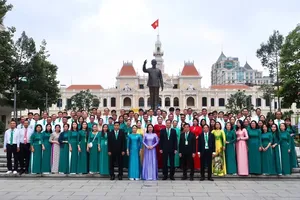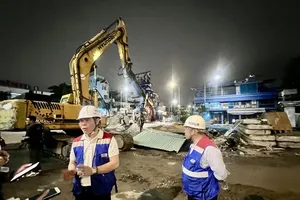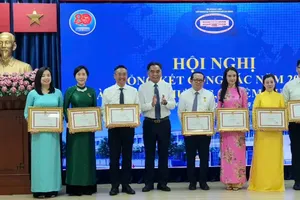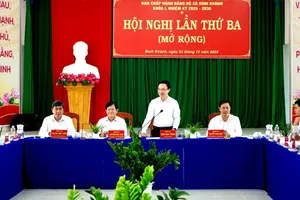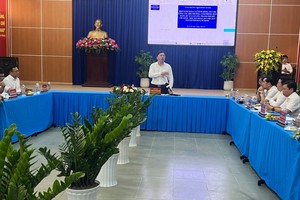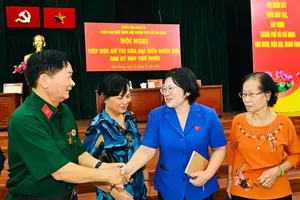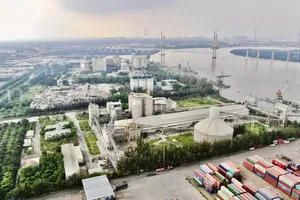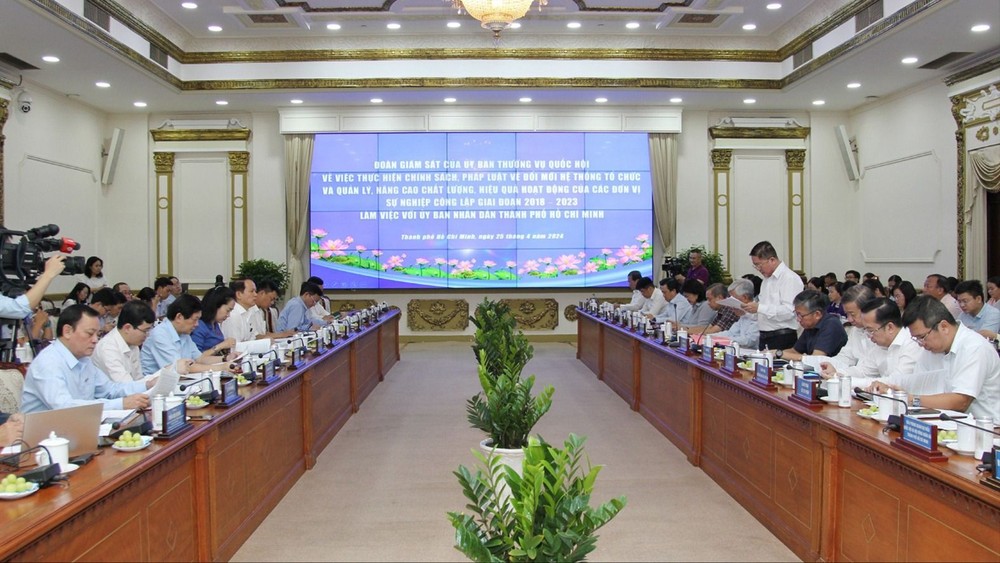
These challenges are also hindering the city's administrative reform efforts. HCMC is striving to achieve its goals while proposing new central government policies to overcome the difficulties in restructuring public non-business units.
The Resolution 19 on continuing to innovate the organizational and management system, improving the quality and operation efficiency of public non-business units sets a target of reducing the number of these units by at least 10 percent by 2025 compared to 2021. At the same time, the southern largest city strives to have at least 20 percent of the units which are self-sufficient in finance.
HCMC has basically achieved the target of reducing the number by 2021. However, it has turned out to be a major challenge by 2025 especially in the fields of healthcare and education. HCMC's population is growing rapidly, but the number of schools and medical facilities serving the population is still lacking compared to demand. According to statistics, HCMC's population increases by 1 million people every 5 years, which means an increase of about 200,000 people per year (equivalent to four wards with a population of 50,000 people).
According to Director of the HCMC Department of Education and Training Nguyen Van Hieu, after a period of restructuring and reorganizing public non-business units, the number of schools and classes is still not enough to meet actual needs due to the increase in the mechanical population. Currently, the Department of Education and Training has to promote the expansion of the school network to ensure that all students have a seat in schools.
However, after some public non-business units were merged and dissolved, the number of heads of departments was reduced, there was a surplus of deputy heads and difficulties in arranging work for staff and civil servants. Therefore, the continued restructuring of public non-business units and streamlining of the payroll in the education sector is facing many difficulties.
Meanwhile, representatives from the Ho Chi Minh City Department of Health have indicated that, in addition to the pressure of increasing patient numbers, the healthcare sector is facing challenges as public institutions transition to self-reliant units with regular and investment budgets (Group 1) or regular self-reliant units (Group 2). The shift toward self-governance requires hospitals to actively manage, innovate, and efficiently utilize their resources.
However, the lack of specific guidance from the Ministry of Health has also affected the reorganization and restructuring of public healthcare institutions. Furthermore, financial autonomy for public institutions depends on asset utilization plans, but delays in approving these plans have a broader impact on streamlining staffing and reorganizing public institutions.
By the end of 2023, Ho Chi Minh City still has 1,781 public institutions, including 33 at the city level, 316 at departments and 1,432 at districts and Thu Duc City. Therefore, the goal of reducing the number of public institutions by 10 percent by 2025 poses a significant challenge for TPHCM. Subsequently, the city is making efforts to achieve this goal while also recommending adjustments at the central level for alignment.
During working sessions with departments, committees, sectors, and administrations in districts, Chairman of the Ho Chi Minh City People’s Committee Phan Van Mai suggested re-organizing public institutions within the same field to reduce redundancy. For example, he pointed out the education sector should rearrange primary schools and junior high schools into multi-level educational institutions. Alternatively, there could be plans to rationalize public utility companies in districts.
Chairman Mai emphasized that reorganizing and diversifying public institutions should not compromise the legitimate rights of citizens to access public services, especially in areas such as healthcare, educational, and cultural services.
The Chairman also requested that heads of departments, agencies, and localities urgently develop financial autonomy plans for their units. These plans will serve as the basis for implementing the restructuring of public sector units during the 2024-2025 and 2026-2030 periods in accordance with the present regulations. The goal is to modernize the organizational and management system and enhance the quality and efficiency of operations for these public sector units.
During meetings with departments, agencies, and localities regarding organizational reforms and administrative procedures, Deputy Chairman of the Ho Chi Minh City People’s Council Huynh Thanh Nhan shared the challenges faced by these agencies and units in restructuring public sector entities.
Notably, the education sector must cope with the pressure of accommodating 20,000 to 30,000 additional students each year. Meanwhile, he also sympathized with the healthcare sector which must provide medical services to an average of 40 million people annually.
According to him, Ho Chi Minh City faces significant pressures related to infrastructure and workforce, prompting recommendations to the central government for appropriate staffing levels based on practical conditions and population scale, while considering the city’s budget contributions.
Deputy Chairman of the Ho Chi Minh City People’s Committee Vo Van Hoan also suggested that the central government tailor policies to the city’s specific context. Ho Chi Minh City places great importance on efficiency in restructuring public sector units, aiming to reduce budget expenditures while continuing to serve its citizens effectively.
Therefore, Ho Chi Minh City proposes a dual objective to the central government including reducing minor inefficiencies while simultaneously enhancing autonomy for these units. Specifically, this approach avoids a simple 10 percent reduction in the number of public sector units instead of focusing on increasing the level of financial autonomy for each unit. This strategy aims to create conditions for public sector units to operate autonomously, reorganize their structures, and gradually improve their financial independence for better services to the public.


